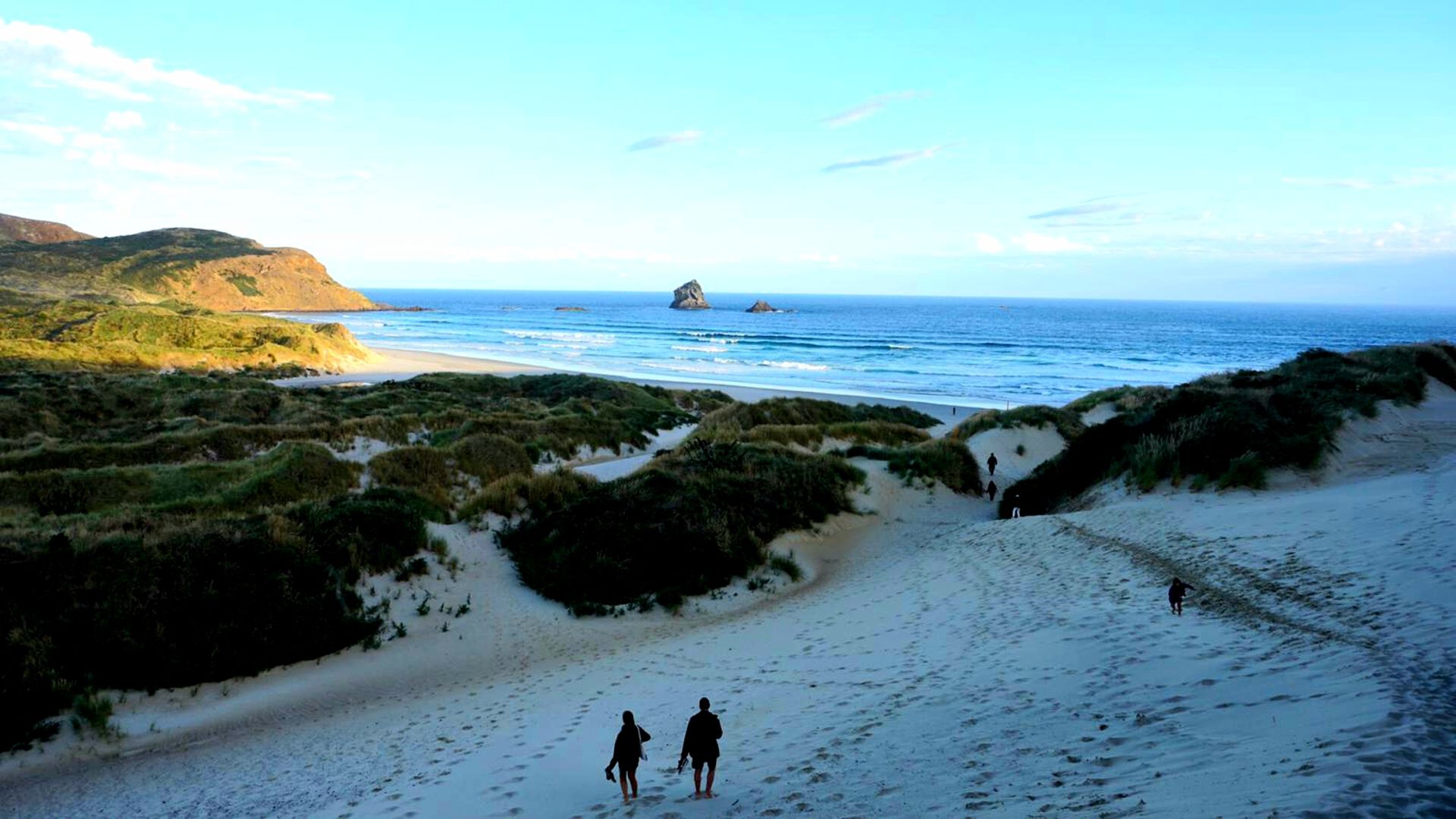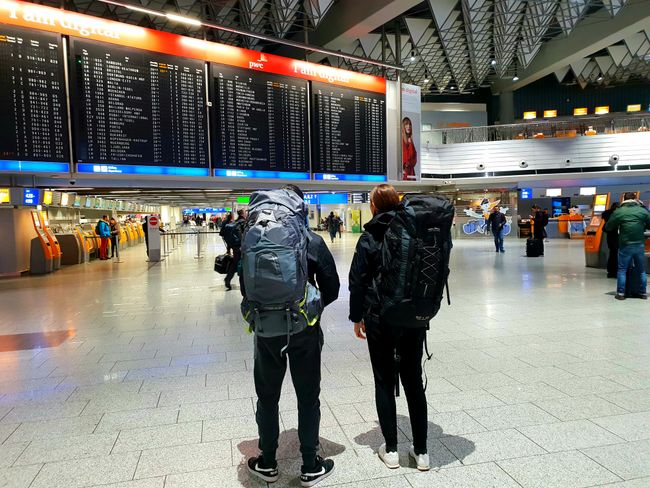Australia 2: Cairns, Great Barrier Reef & Daintree Rainforest
Published: 27.04.2019

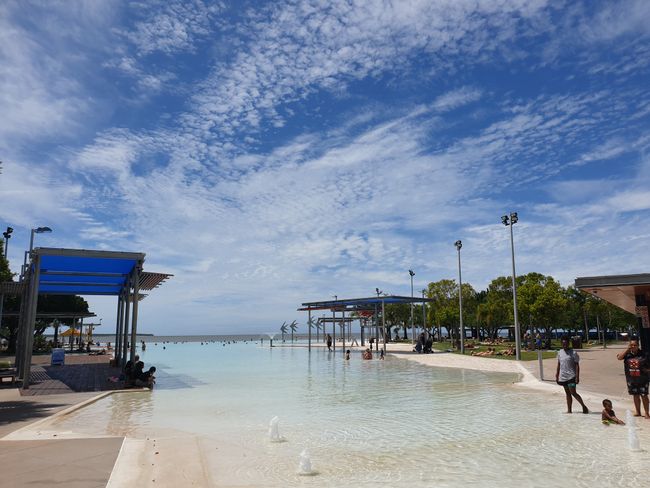
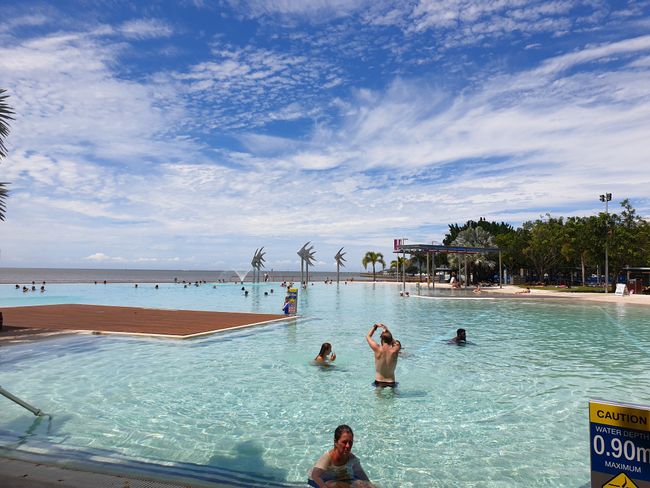
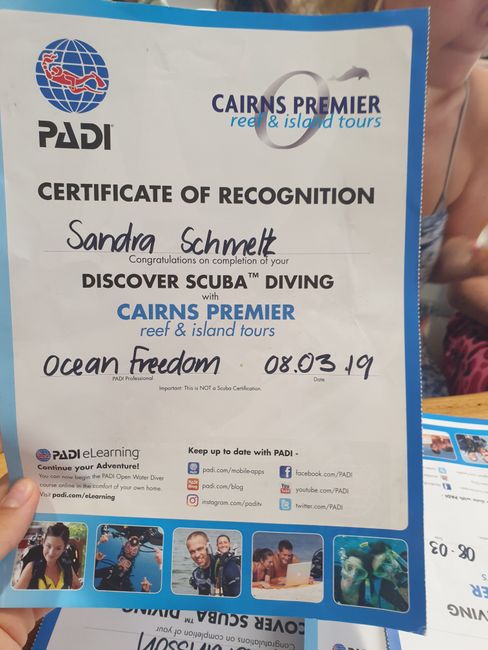
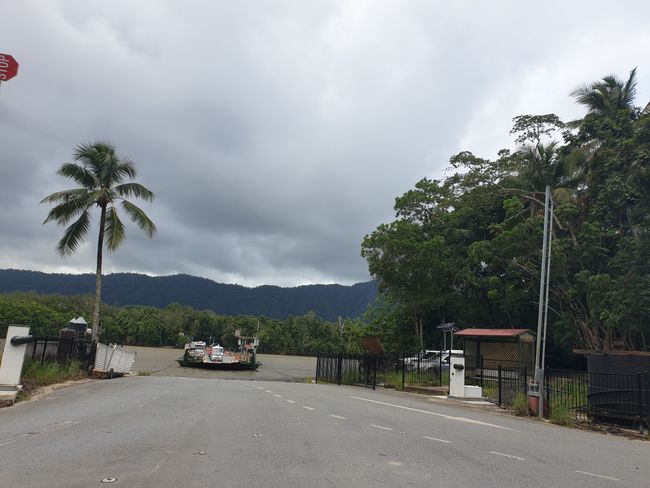
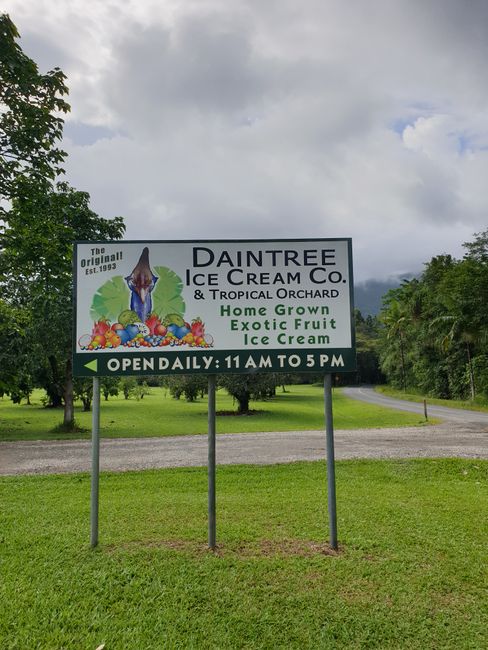

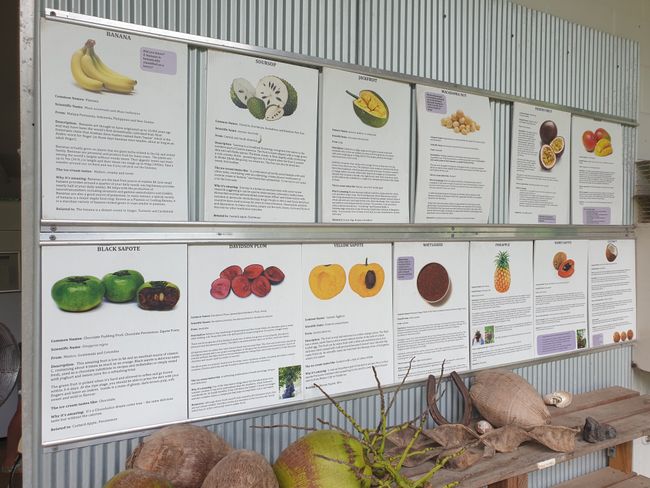
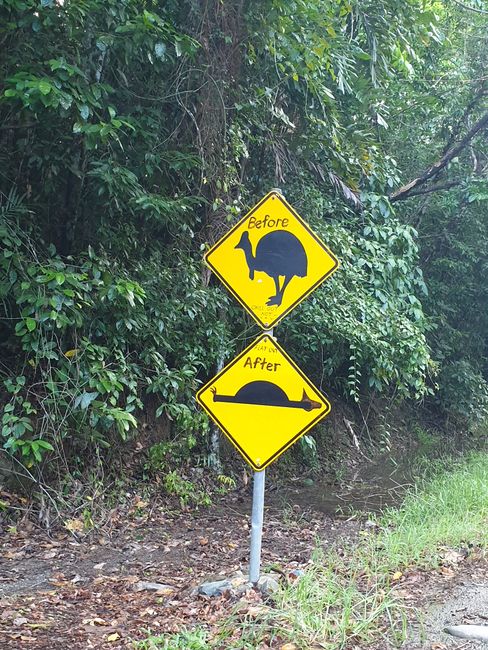
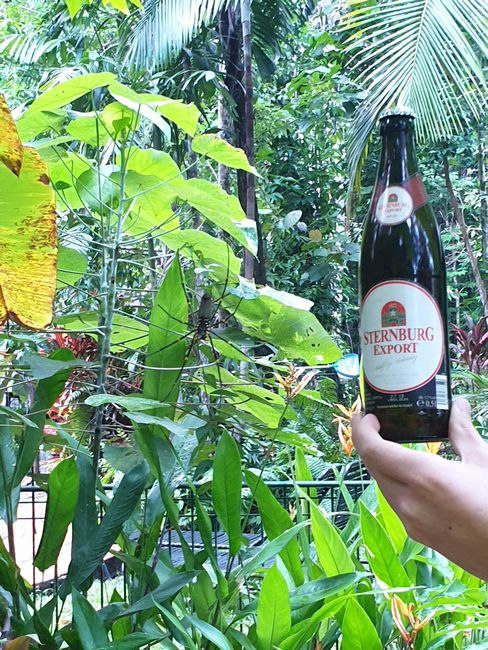
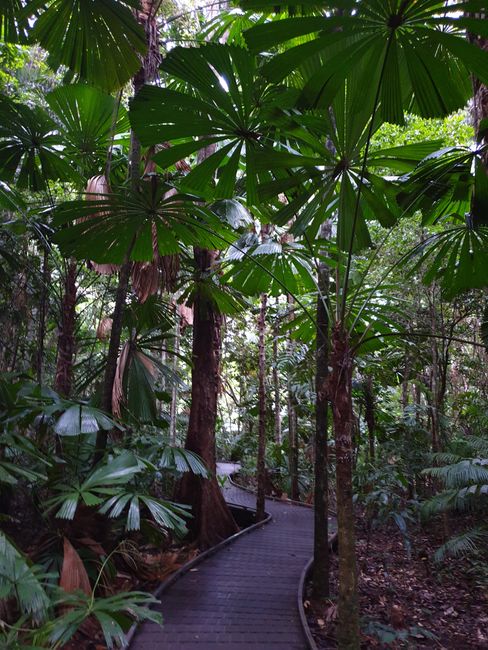
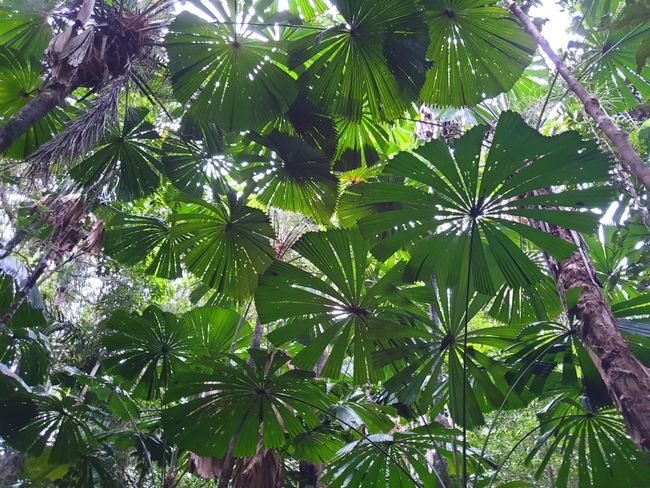
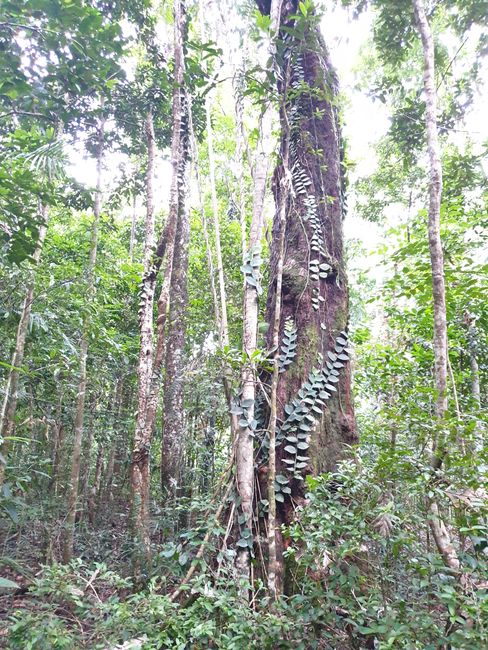
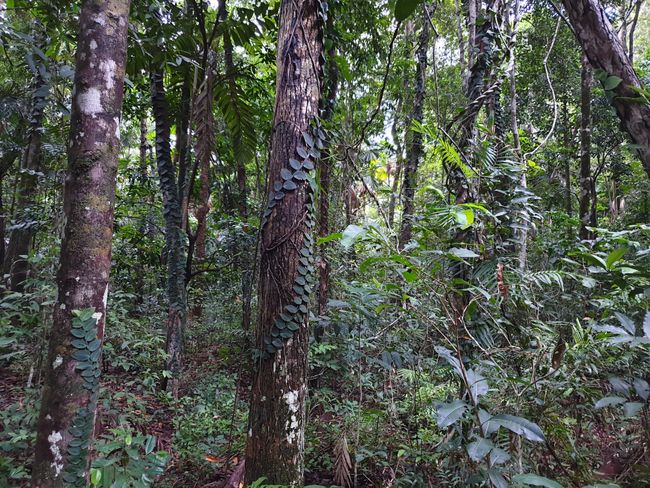
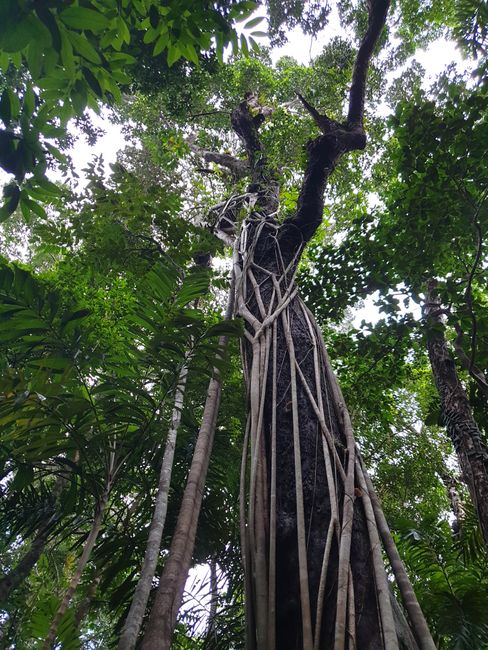
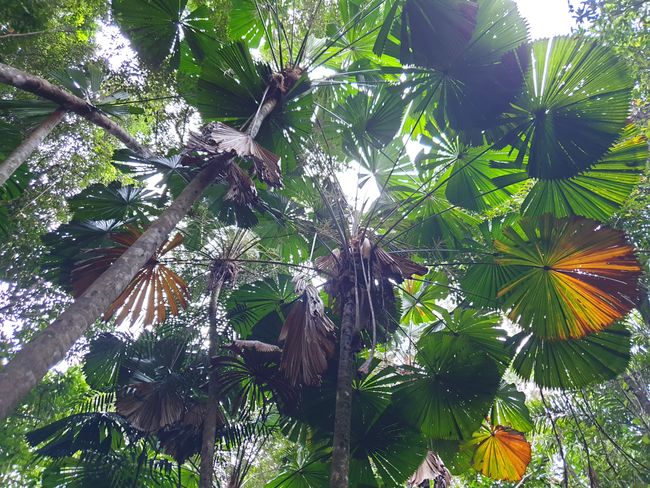
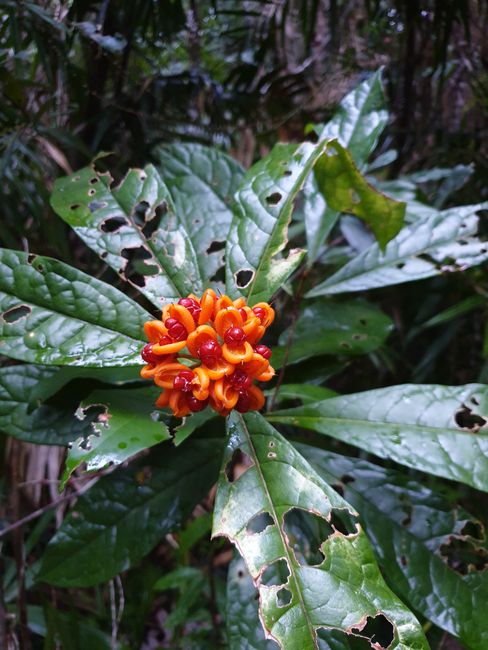
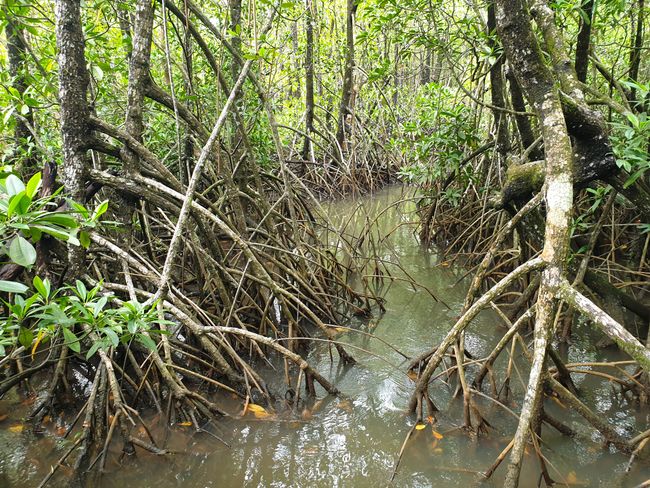
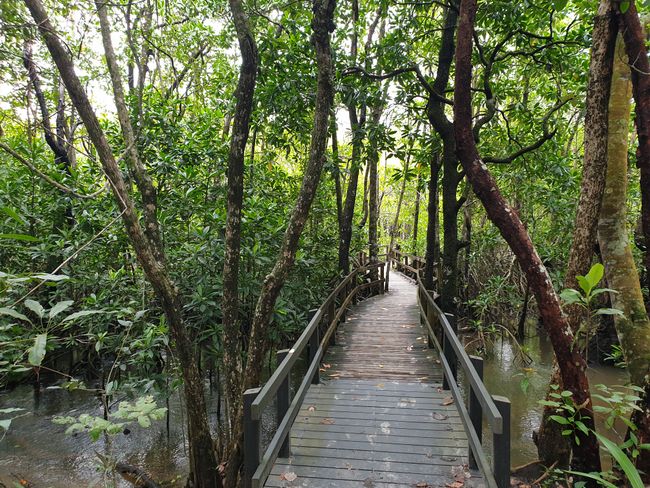
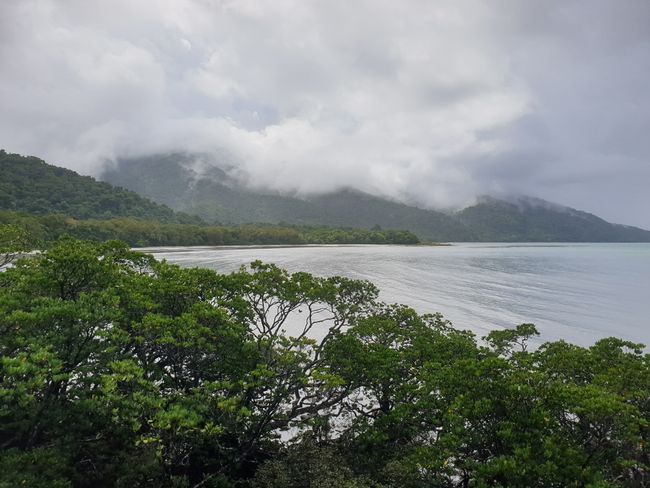
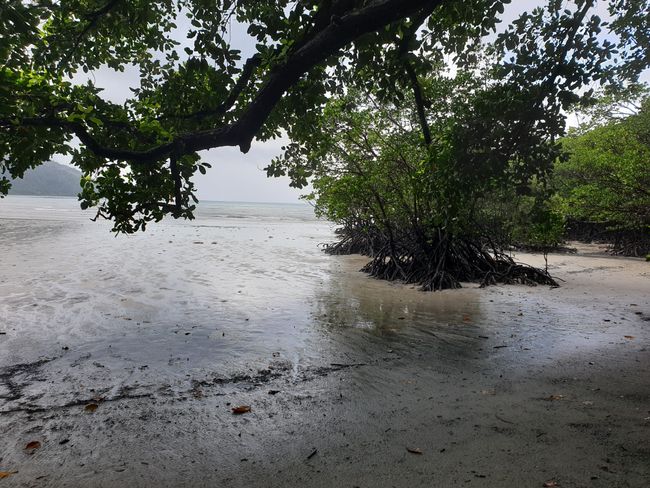
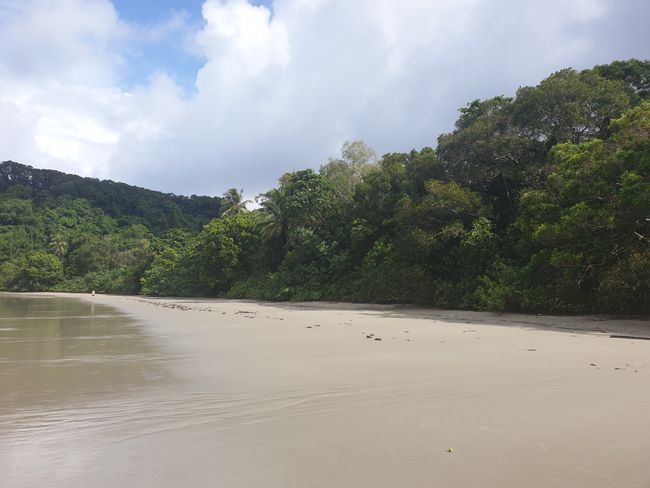
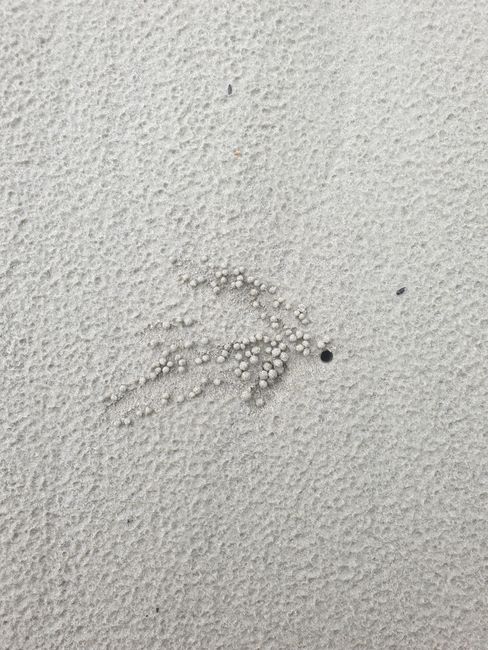
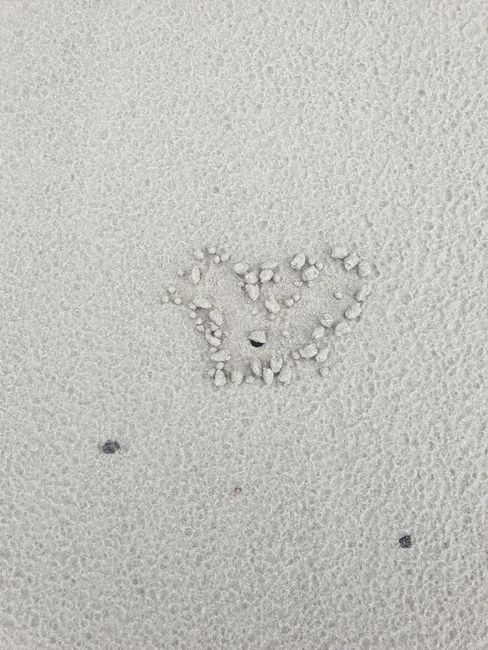
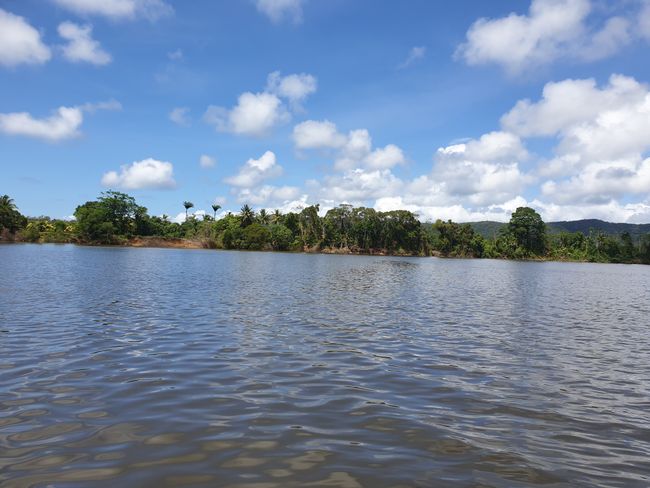
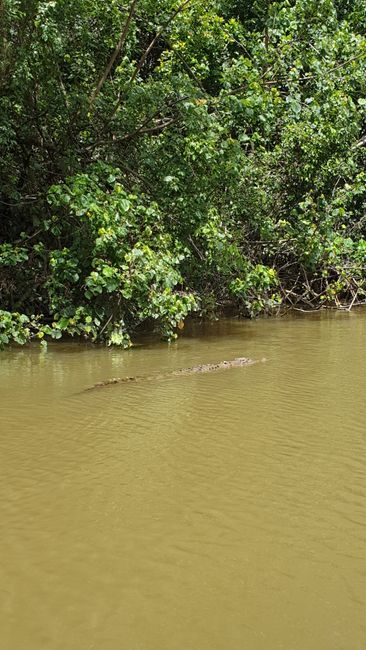
Subscribe to Newsletter
After a week in southern Australia, we continued our journey from Melbourne to Cairns on our second last flight. When we arrived there, we were initially overwhelmed by the extreme humidity. Besides being in a different time zone, it is much more tropical here than in southern Australia. Well, the oldest rainforest in the world - the Daintree Rainforest - is also right next door.
First, we explored Cairns a bit and took a trip to the Great Barrier Reef from here. It is the largest structure created by living organisms on Earth. It can even be seen from space. The 2,300 km long ecosystem includes thousands of reefs and hundreds of islands, consisting of over 600 different types of coral. In addition to numerous species of colorful fish, mollusks, and starfish, turtles, dolphins, and sharks also inhabit the Great Barrier Reef. Here we went snorkeling and had our first real scuba dive. It was a scuba dive without a diving license. This meant that we had the opportunity to go underwater with a professional diver to a depth of about 6 meters for about 10 minutes and see the reefs up close. It was truly a spectacular experience, as I personally did not expect it to make such a huge difference compared to snorkeling.
After this tour, we started the next day towards the rainforest. The Daintree Rainforest is the oldest rainforest in the world, with an age of 135 million years, and the largest contiguous tropical rainforest on the Australian continent, covering approximately 12,000 km. The special thing about the rainforest is that it does not hide somewhere between protected mountain ridges, but extends directly to the shores of the sea. Here we spent two nights in a bungalow at Cape Tribulation on a campsite. Our neighbors included huge spiders and toads. We actually hoped to see cassowaries there. These are large flightless birds that are mainly found in New Guinea and here in northern Australia. In total, there are about 430 different species of birds living in the rainforest, with 13 of them found nowhere else on Earth. The vegetation is primarily tropical rainforest, but also includes eucalyptus forests, wetlands, swamps, and mangrove forests. In 1988, the Daintree Rainforest was declared a "World Heritage Park" by UNESCO. The rainforest is named after Richard Daintree, an Australian geologist and photographer. In the settlement of Daintree, the northernmost place on the Australian East Coast that can be reached by car, there are about 150 people living there.
Cape Tribulation is a headland on the east coast of Australia. Here, the rainforest and the Great Barrier Reef meet directly. On a clear day, you have the best views here: coast combined with rainforest, untouched white sandy beaches, and a fringing reef. However, we are in the rainforest, so there is almost no day without rain. The cape got its name because James Cook ran aground with his ship here and almost sank during his first South Seas voyage (1768-1771). Unfortunately, we had chosen a rainy day, so the views were not that great and the name - Cape Tribulation - was rather fitting. However, the excursion into the rainforest was still worth it, and it also helped me overcome my fear of spiders. From the second day on, I could live well with our neighbors.
On the way back from the rainforest, we also took a tour through the swamp, where we were looking for crocodiles. We caught sight of two of them, and one even swam alongside our boat.
Subscribe to Newsletter
Answer
